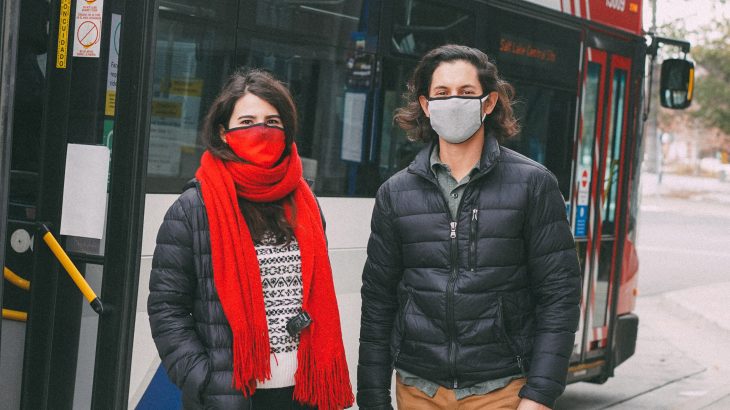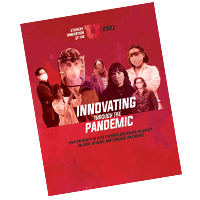Did you know 37% of U.S. carbon dioxide emissions in 2017 were due to transportation? Electrical and computer engineering Ph.D. students Avishan Bagherinezhad and Alejandro Palomino are researching ways to reduce pollution through electrified public transportation.
Their latest work proposes a spatial-temporal co-optimization of bus transit and power systems to realize the benefits of battery electric buses (BEBs). Ultimately, this work demonstrates that transit electrification can be optimally deployed without delaying transit schedules or incurring huge charging costs from the electric utility.
“BEBs are obvious for cities to adopt,” Palomino said. “They have lower cost of operation, zero tailpipe emissions, and are able to operate in a manner that is beneficial for the power system.”
The team based their research model on Park City’s current bus transit system with the number of BEBs and charging stations needed to support electrification. The model was then abstracted to a mathematical co-optimization problem constrained by the existing bus transit schedule, BEB battery capacities, and power distribution limits.
Their co-optimization concludes that Park City transit could reduce its operating costs and carbon dioxide emissions by adopting electrification.
In recognition of the operational complexities presented by co-optimization, they helped develop a user-interface for transit and power authorities to visualize how these systems can co-operate in the real world.
“Our research and findings have taught us to see the future. It teaches us how the future can change for the better with rapidly changing technology like BEB’s,” Bagherinezhad said.
More articles like this in ‘Student Innovation @ the U!’
Find this article and a lot more in the 2021 “Student Innovation @ the U” report. The publication is presented by the Lassonde Entrepreneur Institute to celebrate student innovators, change-makers, and entrepreneurs.




